
Fujifilm Sonosite launches AI-powered ultrasound tech for peripheral intervention
Fujifilm Sonosite announced today that it launched PIV Assist, a new, AI-powered feature for planning peripheral intravenous (PIV) access procedures.

Fujifilm Sonosite announced today that it launched PIV Assist, a new, AI-powered feature for planning peripheral intravenous (PIV) access procedures.

Dexcom (NSDQ:DXCM) announced today that the FDA cleared its Smart Basal CGM-integrated basal insulin dosing optimizer.

Soft, stretchable VoxeLite wraps around a fingertip to let users feel the digital world

Polycystic kidney disease (PKD) is a debilitating hereditary condition in which fluid-filled sacs form and proliferate in the kidneys. Over time, the painful, growing cysts rob the organs of their function, often leading to dialysis in advanced cases. There is currently no cure.
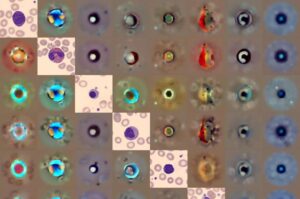
An AI tool that can analyze abnormalities in the shape and form of blood cells, and with greater accuracy and reliability than human experts, could change the way conditions such as leukemia are diagnosed.
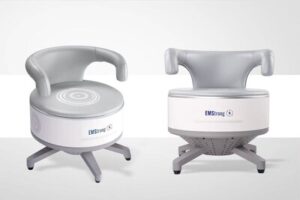
ELLSWORTH, Maine, Nov. 19, 2025 /PRNewswire/ — Rejuva Fresh®, a global leader in non-invasive aesthetic and wellness solutions, proudly announces expanded CE certification and design upgrades for its revolutionary EMSTRONG® platform, reinforcing its leadership in pelvic health and intimate wellness.
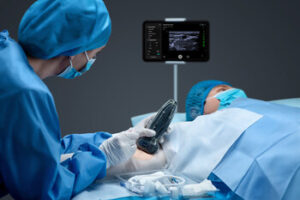
MAHWAH, N.J., Nov. 19, 2025 /PRNewswire/ — Mindray, a leading global developer of healthcare technologies and solutions specializing in patient monitoring, anesthesia, and ultrasound, continues to push the boundaries of innovation with its cutting-edge, whole-body wireless scanning system, the TE Air e5M Ultrasound Machine.
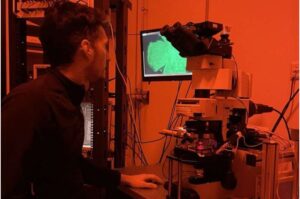
In an important step toward visual prostheses, biocompatible electrodes can convert infrared light into nerve impulses, as demonstrated by a team at TU Wien
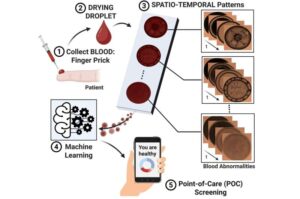
Not long ago, the idea of diagnosing a disease with a droplet of blood was considered a pipe dream. Today, this technology could soon become a reality.
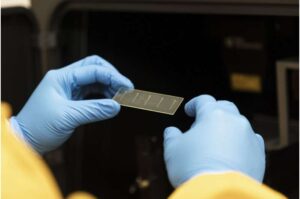
3D printed blood vessels on glass that mimic blood vessel anatomy and the fluid dynamics of blood flow could be an invaluable tool in studying the causes of stroke, new research from a University of Sydney team has found and it has already led to important insights.